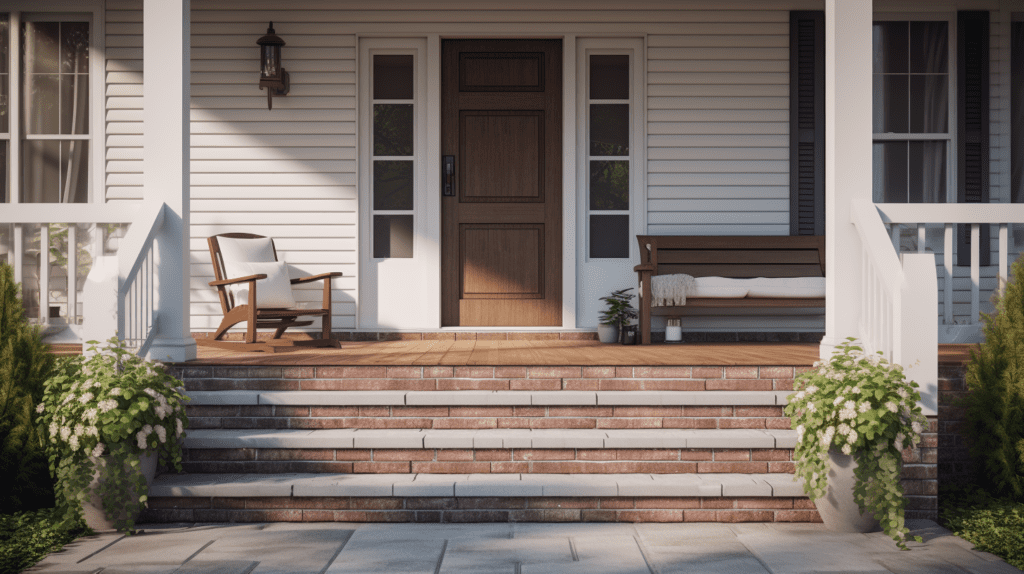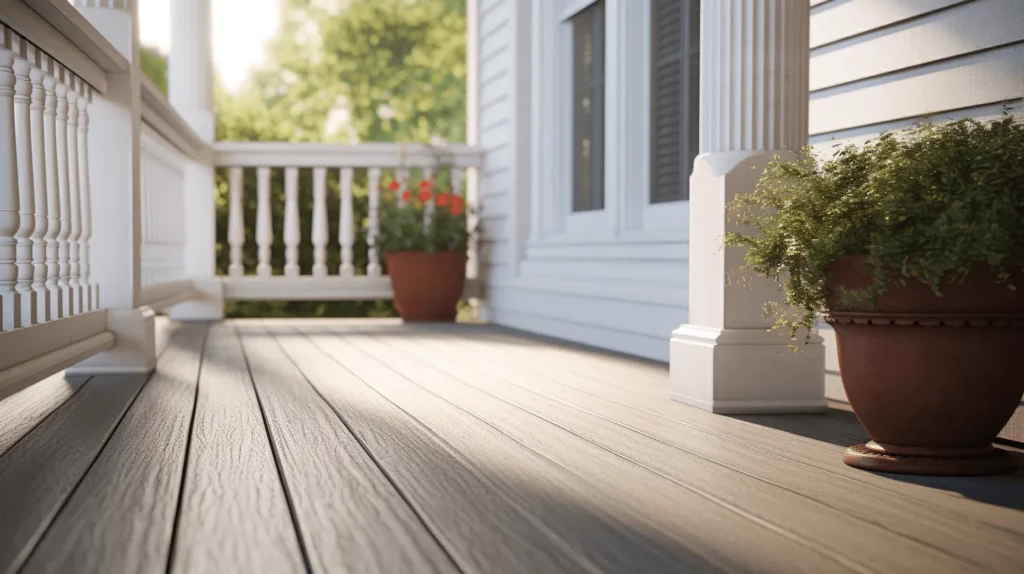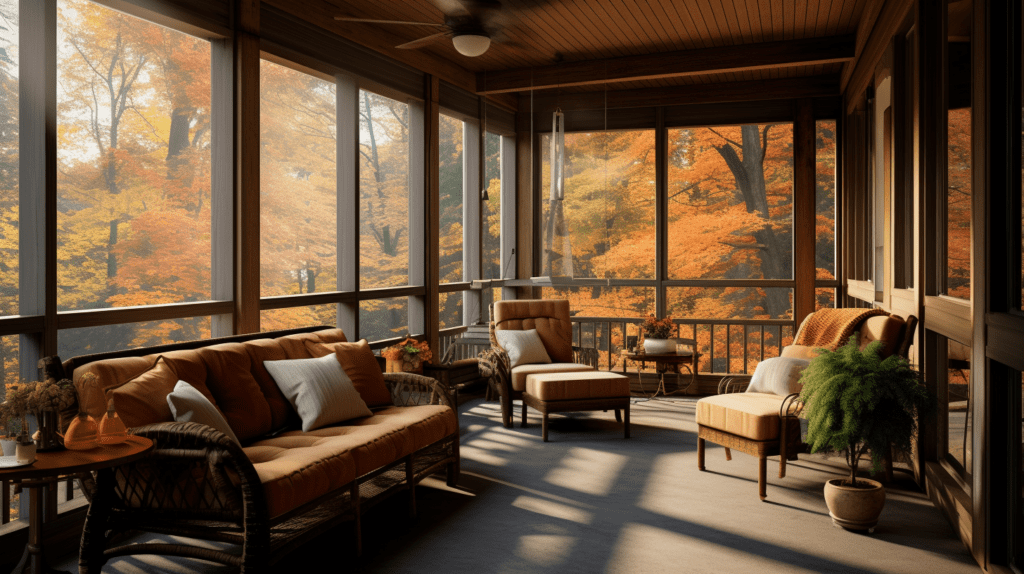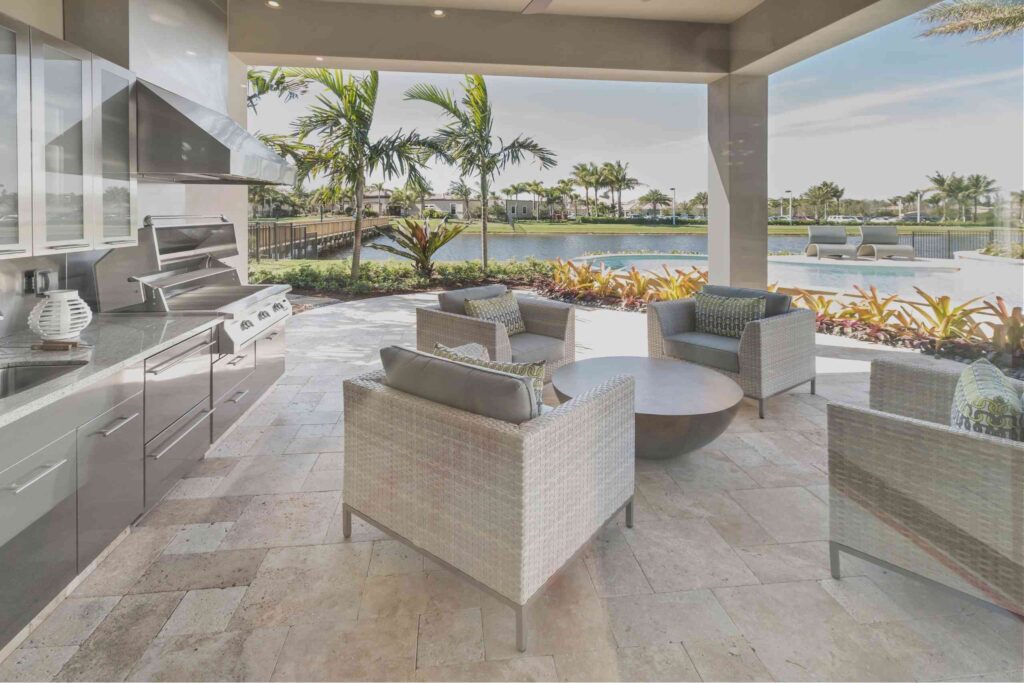Pressure-treated wood offers affordability and natural aesthetics, while composite decking provides low maintenance and long-lasting durability. Choosing between them depends on your budget and maintenance preference.
Choosing the right material for your porch can be challenging. Pressure-treated wood is often favored for its cost-effectiveness and classic look. It’s treated to resist rot and insects, making it a durable option for outdoor spaces. Composite decking, on the other hand, is a modern alternative made from wood fibers and plastic.
It requires minimal upkeep and is resistant to fading, staining, and scratching. Both options have their pros and cons, but understanding these can help you make an informed decision that suits your porch needs and lifestyle.
What Is Pressure-treated Wood?
Contents
Pressure-treated wood is created by soaking wood in chemicals. These chemicals help prevent rot and insect damage. The wood is placed in a large tank. Then, the tank is sealed and filled with chemicals. The tank creates high pressure. This forces the chemicals deep into the wood fibers. The process makes the wood last longer outdoors.
This type of wood is often used for building decks and porches. It is also used for fences and outdoor furniture. Garden beds and playgrounds also use pressure-treated wood. Durability and affordability make it a popular choice. It can handle moisture and insects well.
What Is Composite Decking?
Composite decking is made from a mix of wood fibers and plastic. This creates a strong and durable material. It resists rot and insects better than wood. The surface is designed to look like real wood. It comes in many colors and textures. Composite decking can last for many years with little maintenance. You can clean it with soap and water. There is no need to paint or stain it.
Many people use composite decking for porches and patios. It is also great for pool decks and garden paths. Some use it for outdoor stairs and railings. Composite decking can be used in both residential and commercial spaces. It is a popular choice for resorts and hotels. Many homeowners like it for its low upkeep and long life.
Durability And Longevity
Pressure-treated wood offers traditional durability, resisting rot and insects. Composite decking, made from recycled materials, ensures longevity with minimal maintenance.
Weather Resistance
Pressure-treated wood often resists weather but can warp or crack over time. It needs regular maintenance to stay in good shape. Composite decking resists weather better and does not crack or warp. It also needs less upkeep, making it a convenient option.
Lifespan Comparison
Pressure-treated wood usually lasts between 10 to 15 years. It depends on the level of care it receives. Composite decking can last for 25 to 30 years. It has a longer lifespan because it is made of durable materials. Choosing composite can save you money in the long run.
Cost Analysis
Pressure-treated wood is cheaper at first. It costs less to buy and install. Composite decking is more expensive upfront. You will pay more for materials and labor.
Pressure-treated wood needs regular upkeep. You must stain and seal it every few years. This adds to the cost over time. Composite decking is low maintenance. It does not need staining or sealing. This saves money in the long run.
Aesthetic Appeal
Aesthetic appeal plays a crucial role in choosing between pressure-treated wood and composite decking for your porch. Both options offer unique looks, catering to different tastes and styles.
Variety Of Styles
Pressure-treated wood offers a natural look. It can be stained or painted in many colors. Composite decking has a modern appearance. It comes in various styles and designs. Both options provide a wide range of choices. This ensures a match for any porch style.
Color And Texture Options
Pressure-treated wood can be customized. Choose from many colors and textures. Composite decking has consistent colors. It offers a variety of textures. Some mimic real wood. Others have unique patterns. Both materials enhance the porch’s look.
Environmental Impact
Pressure-treated wood comes from natural forests. Using this type of wood reduces forest areas. Trees take many years to grow back. This impacts the environment.
Composite decking uses recycled materials. It often includes plastic and wood fibers. This helps reduce waste in landfills. Composite decking lasts longer, which means fewer replacements.
Bamboo is a great eco-friendly option. It grows quickly and is very strong. Bamboo decking is also very beautiful.
Reclaimed wood is another choice. This wood comes from old buildings. It gives a rustic look and saves trees.
Maintenance Requirements
Pressure-treated wood needs regular staining and sealing. This keeps it safe from moisture and bugs. Composite decking requires less upkeep. A simple soap and water wash is enough.
Wood may rot or warp over time. This means more repairs. Composite decking lasts longer. It does not splinter or crack easily.
Replacing wood can be frequent. Composite boards often last for many years without the need for replacement.
Making The Final Decision
Choosing between pressure-treated wood and composite decking involves considering durability, maintenance, and aesthetics. Each material offers unique benefits, making the final decision crucial for your porch’s longevity and appeal.
Assessing Your Needs
Pressure-treated wood is less expensive than composite decking. It needs more maintenance. Composite decking is more durable and requires less upkeep. Think about how much time you can spend on maintenance. Also, consider your budget. Composite decking costs more initially. But it may save money in the long run.
Expert Recommendations
Experts suggest using pressure-treated wood for short-term projects. For a long-lasting porch, choose composite decking. Talk to a professional. They can help you decide based on your specific needs. Always consider the climate in your area. Some materials handle weather better. Composite materials resist rot and insects. Pressure-treated wood may need treatments over time.
Choosing between pressure-treated wood and composite decking depends on your needs. Composite decking offers low maintenance and durability. Pressure-treated wood provides a traditional look at a lower cost. Consider your budget, maintenance preferences, and aesthetic desires. Both options can create a beautiful and functional porch for your home.




